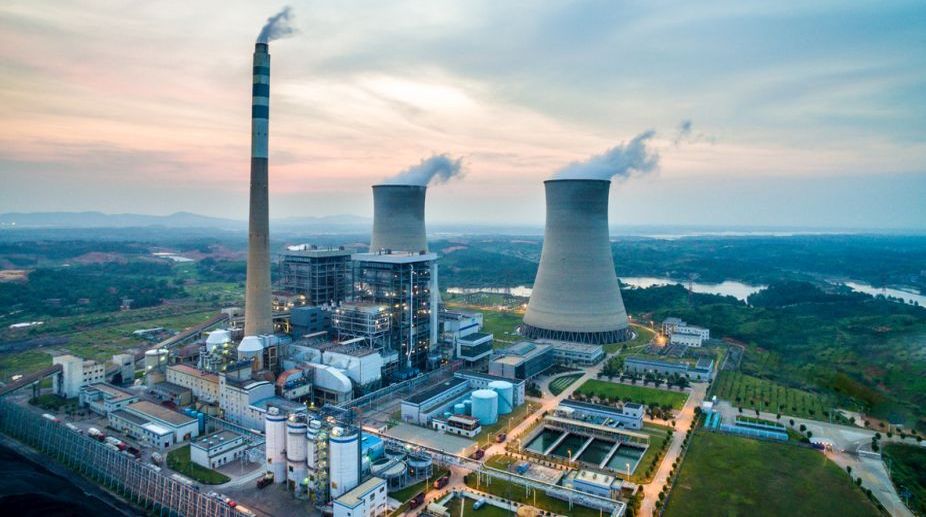Over the next 50 years, unless patterns change dramatically, energy production and use will contribute to global warming through large-scale greenhouse gas emissions in the form of carbon dioxide. Nuclear power could be one option for reducing carbon emissions. This analyses how nuclear power and technology would boost the career for engineers due to the increase in demand for nuclear engineers/nuclear technology. This research has been guided by a global growth scenario that would expand current worldwide nuclear generating capacity almost threefold, to 1,000 billion watts, by the year 2050.
Such a deployment would avoid 1.8 billion tonnes of carbon emissions annually from coal plants, about 25 per cent of the increment in carbon emissions otherwise expected in a business-as-usual scenario. Nuclear power is the fifth-largest source of electricity in India after coal, gas, hydro-electricity, and wind power. As of 2017, India has 22 nuclear reactors in operation in seven nuclear power plants, having a total installed capacity of 6,780 MW.
Advertisement
It has been making advances in the field of thorium-based fuels, working to design and develop a prototype for an atomic reactor using thorium and low-enriched uranium, a key part of India’s three-stage nuclear power programme. The country has also recently re-initiated its involvement in the LENR research activities, in addition to supporting work done in the fusion power area through the ITER initiative. Regardless of your route into the industry and your level of education, the most important traits a nuclear engineer should have are attention to detail, problem-solving, good communication skills and strong knowledge of health and safety principles.
Various career categories which utilise nuclear science and technology, and information/knowledge are accelerator operator, agricultural researcher, chemist equipment technicians, gamma astronomer, hazardous waste technician, health physicist, historian, nuclear engineer, nuclear medicine technologist, nuclear pharmacist, nuclear physicist, nuclear power reactor operator, nuclear technician, radiation oncologist, radiologic technologist, radiologist science teacher, and science writer. Categories that provide service to nuclear science and technology are administrator architect, boilermakers, civil engineer, clerical worker, computer programmer, computer technician, electrical engineer, electronics specialist/technician, lawyer and mechanical engineer are some of the opportunities.
Engineers as on date need to remember that nuclear power jobs have manifold opportunities. The nuclear energy industry’s workforce has a large contingent of baby boomers and nearly 40 per cent of them are eligible to retire within the next few years. Based on these figures and actual hiring over the past several years, the industry expects to hire about 4,000 workers a year for the next five years, for a total of 23,000 workers.
In addition, the global demand for nuclear energy is rising rapidly and a new generation of advanced reactors is on the horizon. Domestic job demand will skyrocket if the leadership of nuclear energy industry is maintained.
The writer is a director, Tula’s Institute











